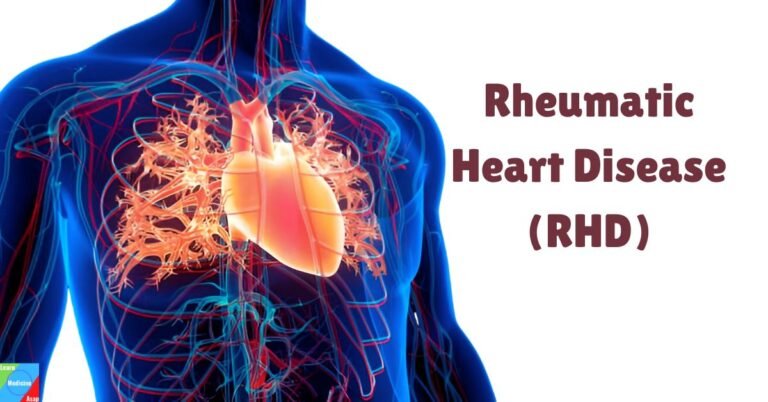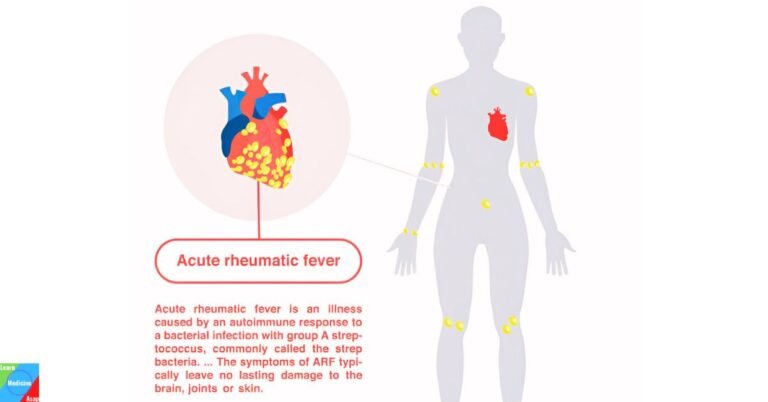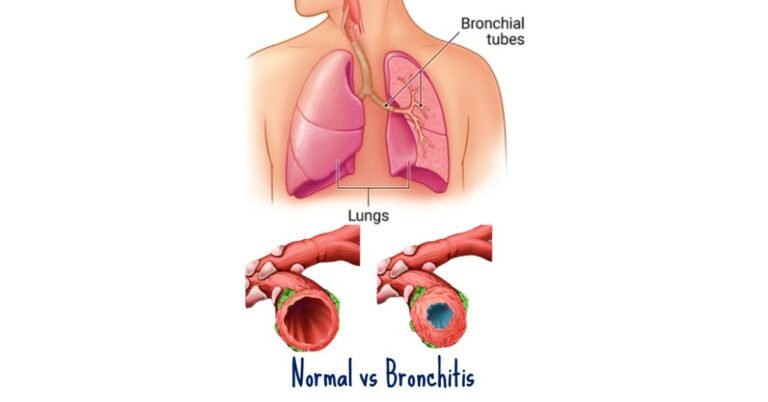Types | Risks | Symptoms | Diagnosis | Treatment | Complications | Prevention
Lice infestation, an issue that affects millions worldwide, can be a pesky and uncomfortable problem. If you or your loved ones have ever faced the itchy woes of lice, you know how important it is to find effective solutions.
What is lice infestation?
Lice infestation, also known as pediculosis, is a common parasitic condition that affects humans, particularly children and school-age individuals. It occurs when tiny wingless insects called lice (singular: louse) infest the hair and scalp, feeding on blood and causing itching and discomfort. Lice are highly contagious and can easily spread from person to person, making it a significant public health concern.
What are the types of lice?
Lice are categorized into three main types, each with distinct characteristics and infestation sites.
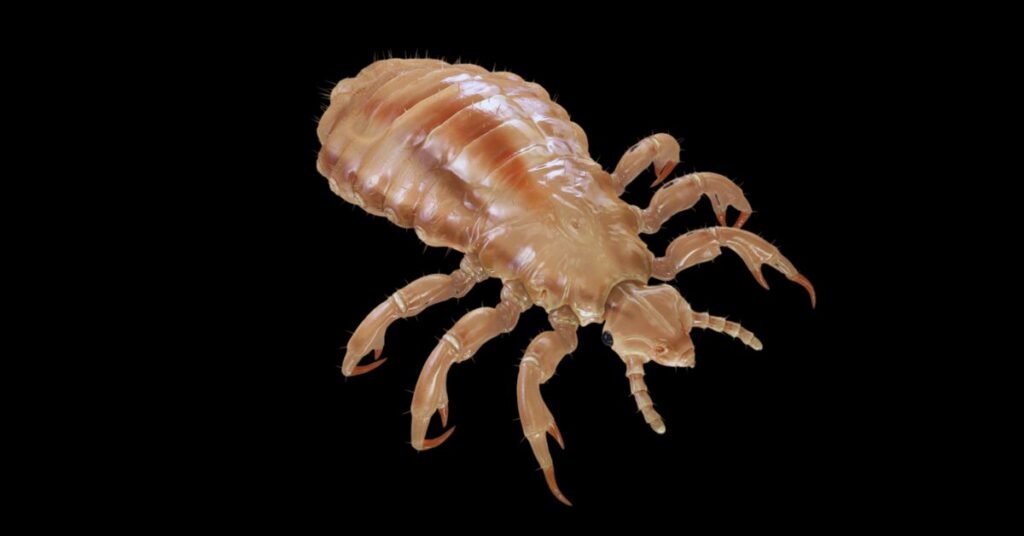
Head Lice (Pediculus humanus capitis):
- Head lice are the most prevalent type of lice infestation among humans.
- They are typically found on the scalp, particularly close to the base of hair shafts.
- Adult head lice are small, about 2-3 millimeters in length, and have a tan or grayish color.
- Female head lice lay eggs, known as nits, which are oval and firmly attached to the hair shafts near the scalp. Nits are often mistaken for dandruff but are more challenging to remove.
- Head lice feed on blood by piercing the scalp and injecting saliva that causes itching and skin irritation.
- Transmission usually occurs through close personal contact or by sharing personal items like combs, brushes, hats, or headphones.
Body Lice (Pediculus humanus corporis):
- Body lice are less common than head lice and tend to infest individuals living in crowded, unhygienic conditions, such as homeless populations or during times of war or disaster.
- They are slightly larger than head lice, about 2-4 millimeters long, and are usually grayish or brown.
- Body lice lay their eggs on clothing, not directly on the skin. Once hatched, the nymphs move to the skin to feed on blood.
- Infestations are often associated with poor personal hygiene and unsanitary living conditions.
- Body lice can transmit diseases like typhus and trench fever.
Pubic Lice (Pthirus pubis):
- Pubic lice, also known as “crabs,” infest the coarse hair in the genital area but can also be found in armpits, chest hair, and even facial hair.
- They are smaller than head lice, measuring only 1-2 millimeters, and have a yellowish-gray or pale brown color.
- Pubic lice lay eggs on hair shafts close to the skin’s surface, and their nits are oval and firmly attached.
- These lice are usually transmitted through sexual contact but can also spread via contaminated bedding, towels, or clothing.
- Infestations can cause intense itching and discomfort in the affected areas.
In all three types of lice, itching is a common symptom due to the body’s allergic reaction to the louse bites. Scratching can lead to open sores and bacterial infections.
How do you get lice?
Getting lice, specifically head lice, is a common concern, especially among school-age children and their families. Understanding how lice are transmitted can help you take preventative measures to avoid infestations
- Close Personal Contact: The most common mode of lice transmission is through close personal contact with an infested individual. This can include activities such as hugging, sharing combs, brushes, or hair accessories, and even lying on the same pillow or bed as an infested person.
- Schools and Daycares: Lice can spread rapidly among school-age children who often have close physical contact during play and activities. Sharing hats, scarves, or headphones can facilitate lice transmission in these environments.
- Family Members: Infestations can easily pass from one family member to another, especially in households where there is shared bedding, towels, or personal items. Parents can unknowingly transfer lice to their children and vice versa.
- Crowded Living Conditions: Overcrowded or communal living conditions, such as shelters, dormitories, or refugee camps, can promote the rapid spread of lice. Close quarters and shared bedding increase the risk of infestation.
- Unsanitary Conditions: Poor personal hygiene and unsanitary living conditions can contribute to lice infestations, especially in the case of body lice. Infestations are more likely to occur when individuals do not have access to regular bathing or clean clothing.
- Sharing Personal Items: Sharing personal items like hats, hairbrushes, combs, headphones, and towels can transfer lice from one person to another. It’s essential to avoid sharing such items, especially in settings where lice infestations are prevalent.
- Travel and Tourism: Lice can be acquired while traveling, particularly when staying in accommodations with shared bedding or using communal hairdressing tools. Tourists can unknowingly bring lice back to their home regions.
- Close Contact Activities: Participation in close-contact activities, such as team sports or sleepovers, can increase the risk of lice transmission among children and teenagers.
- School Outbreaks: Lice infestations can sometimes become an issue in schools, leading to outbreaks. Schools typically inform parents when cases are reported to help prevent further spread.
- Resistance to Treatment: Over time, some lice populations have developed resistance to certain over-the-counter treatments, making them harder to eradicate.
What are the symptoms of lice infestation?
Lice infestations are characterized by a variety of symptoms that can vary in severity from person to person. Identifying the symptoms of a lice infestation is crucial for prompt treatment and preventing the spread of these bothersome pests. The following symptoms often indicate a lice infestation:
- Itching (Pruritus): Perhaps the most common and noticeable symptom of lice infestation is itching. Lice bites and saliva can cause intense itching, which is often the result of an allergic reaction to their saliva. The itching may be mild at first but can become more severe as the infestation progresses.
- Tickling Sensation: Some individuals may describe a tickling or crawling sensation in their hair or on their skin as if something is moving. This sensation is caused by lice crawling and feeding on the scalp.
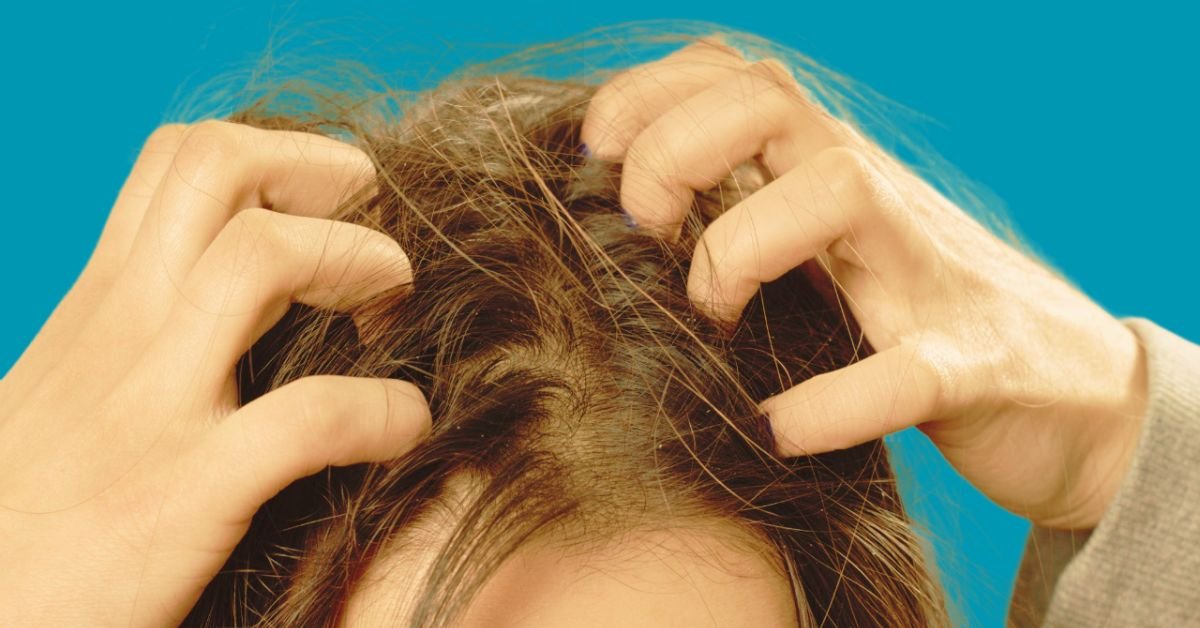
- Visible Lice or Nits: In some cases, you may be able to see the lice themselves or their eggs (nits) on the hair or scalp. Adult lice are tiny, about the size of a sesame seed, and are pale gray or tan. Nits are oval-shaped and may appear whitish or yellowish, firmly attached to the hair shafts close to the scalp.
- Irritated or Red Bumps: Scratching the itchy areas can lead to skin irritation and the development of red, raised bumps or sores. These can become infected if scratched excessively, leading to secondary bacterial infections.
- Difficulty Sleeping: The itching and discomfort caused by lice infestations can disrupt sleep, particularly for children. Restlessness and difficulty falling asleep are common complaints.
- Presence of Lice Eggs (Nits): Nits are small, oval-shaped eggs that lice attach firmly to hair shafts near the scalp. They may be mistaken for dandruff but are more challenging to remove. Nits are often a telltale sign of an active infestation.
- Visible Lice on Clothing or Bedding: In the case of body lice, you may notice lice or their eggs on clothing, especially in seams and folds. These lice infestations are less common than head lice but can still cause discomfort.
It’s important to note that the severity of symptoms can vary from person to person. Some individuals may have a mild infestation with minimal itching, while others may experience intense itching and discomfort. Additionally, not everyone with lice will have visible nits or lice, making the itching sensation the primary indicator.
How to identify Nits (Lice eggs)
Identifying nits, which are the tiny eggs of head lice, is crucial when dealing with a lice infestation. Nits are often attached to individual hair strands close to the scalp. They can be challenging to spot due to their small size and camouflage, but knowing how to identify them is essential for effective lice treatment. Here are steps to help you identify nits:
- Look for Nits Close to the Scalp: Nits are typically found very close to the scalp, within 1/4 inch (about 6 mm) or less. This is because adult female lice lay their eggs near the scalp where the temperature is ideal for incubation. They attach the nits to hair shafts using a sticky substance, making them firmly adhered.
- Check for Tiny Oval-Shaped Eggs: Nits are oval or tear-shaped and can be quite small, about the size of a pinhead or even smaller. They are usually pearly white or yellowish-brown in color. As they mature, they may become darker in hue.
- Examine the Hair Strands: To identify nits, part the hair into small sections and carefully examine each section, starting at the roots and moving toward the ends. Use a well-lit area and, if possible, a magnifying glass to make the task easier.
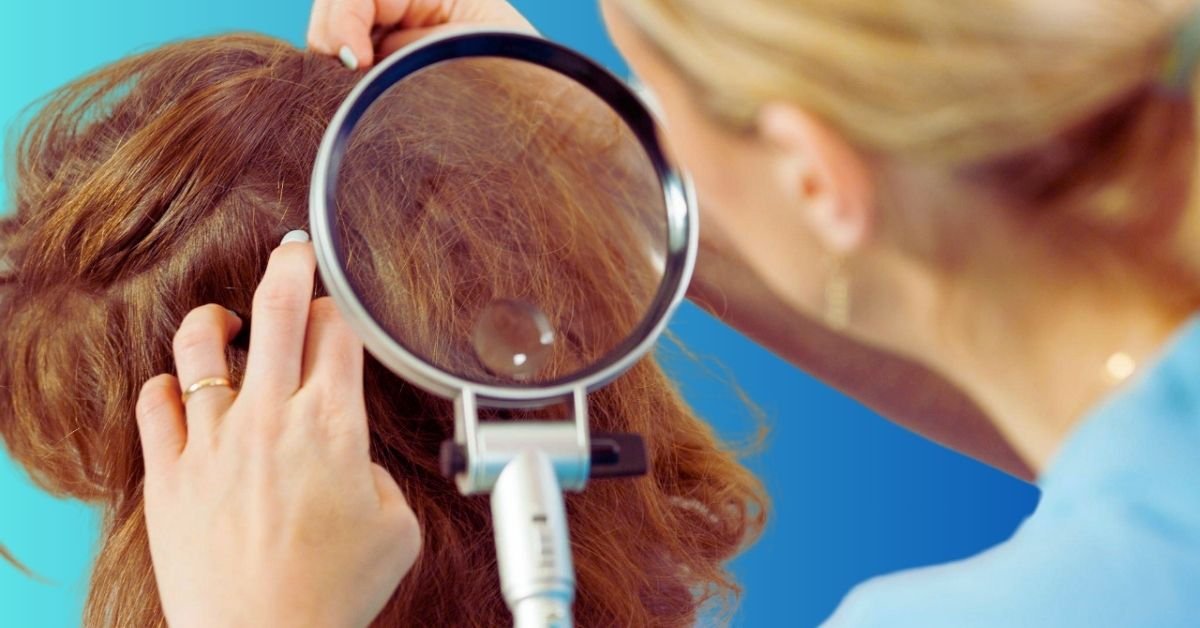
- Distinguish Nits from Other Particles: Be aware that nits can sometimes be confused with other particles like dandruff or hair product residue. Nits, however, are firmly attached to the hair shaft and are not easily flicked away. They do not flake off like dandruff when touched.
- Look for Empty Nits: After successful lice treatment, nits may remain on the hair but will appear empty or hatched. You can often tell that a nit is empty if you see a small hole at one end where the louse emerged.
- Nits’ Positioning on the Hair: Nits are usually found at an angle to the hair shaft, often with a slight curve. They are attached with the wider end closer to the scalp. This positioning helps differentiate them from other particles that might be on the hair.
- Recheck After Treatment: It’s important to check for nits regularly after lice treatment to ensure that no live nits or lice remain. Removal of both live lice and nits is crucial to prevent reinfestation.
Remember that while identifying nits is essential for addressing a lice problem, it can be a time-consuming process. If you’re unsure whether you’ve found nits or if you suspect a lice infestation, it’s a good idea to consult with a healthcare professional or a lice specialist for a proper diagnosis and treatment plan.
What the treatment options for lice infestation?
Prompt and effective treatment of lice infestation is essential to alleviate discomfort and prevent the spread of lice to others. There are several treatment options available for lice infestations, and the choice of treatment may depend on the type of lice and individual preferences.
Over-the-Counter (OTC) Medications:
- OTC lice treatments are readily available at most pharmacies and drugstores. These products typically contain active ingredients such as pyrethrin or permethrin.
- Follow the instructions on the product label carefully. Typically, the medication is applied to dry hair, left on for a specified period (usually 10-20 minutes), and then thoroughly rinsed out.
- After rinsing, use a fine-toothed lice comb to remove dead lice and nits from the hair. Repeat this process 7-10 days later to ensure any newly hatched lice are also eliminated.
- Be cautious when using these products on young children, and consult a healthcare professional for guidance if needed.
Prescription Medications:
If OTC treatments are ineffective, a healthcare provider may prescribe stronger medications, such as malathion, benzyl alcohol, or ivermectin. Prescription treatments should be used as directed by a healthcare professional, and it’s crucial to follow the recommended treatment regimen.
- Malathion, an organophosphate insecticide, disrupts lice’s nervous systems, causing paralysis and death. It’s applied to dry hair, left on for 8-12 hours, and followed by combing out dead lice and nits. A second application may be needed.
- Benzyl Alcohol, approved for those aged 6 months and older, works by smothering lice. After applying and leaving it on for about 10 minutes, you rinse and use a fine-toothed comb to remove lice and nits. Multiple applications might be necessary.
- Ivermectin, available orally or topically, interferes with lice’s nervous systems, paralyzing and killing them. Typically, it’s administered as a single dose, with a second dose considered as needed.
- Spinosad causes paralysis and death in lice upon contact. Application includes saturating dry hair for about 10 minutes, followed by rinsing and combing out dead lice and nits. A second treatment is often recommended.
Prescription combinations may be advised in specific cases to enhance effectiveness.
Natural Remedies:
- Some people prefer to use natural remedies to treat lice infestations. Common natural treatments include applying mayonnaise, olive oil, or tea tree oil to the hair and scalp.
- While natural remedies may be less harsh on the hair and skin, their effectiveness is not well-established, and they may require repeated applications.
Manual Removal (Wet Combing):
- Manual removal involves using a fine-toothed lice comb to carefully comb through wet hair to remove lice and nits. This method can be time-consuming and may require several sessions.
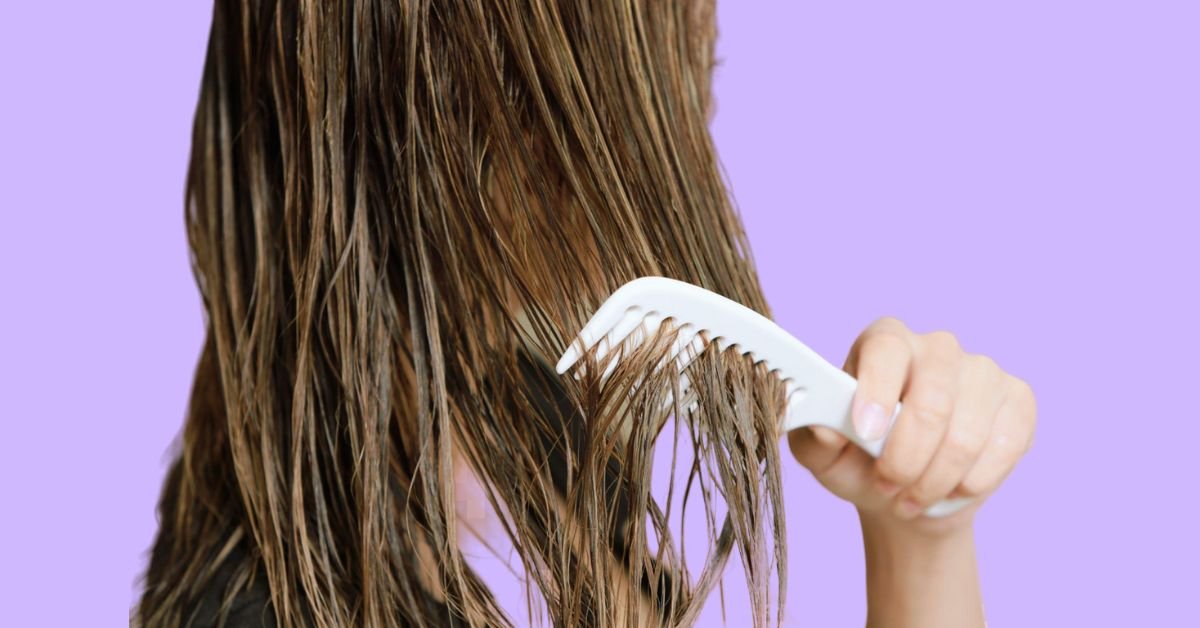
- It’s essential to wet the hair with conditioner or a specialized lice-removal product to make combing more manageable.
Follow-up Care:
- After treatment, continue to monitor for any signs of reinfestation and repeat the treatment if necessary, following the recommended timeline.
What are the complications of lice infestation?
Lice infestations, while generally not life-threatening, can lead to several complications, particularly if left untreated or if the infestation becomes severe.
Secondary Infections:
- One of the most common complications of lice infestation is the risk of secondary bacterial infections. Constant scratching of itchy areas on the scalp or skin can break the skin’s protective barrier, allowing bacteria to enter and cause infections.
- Impetigo is a common bacterial infection that can result from lice infestation. It manifests as red sores that may ooze pus and can be painful.
Cellulitis:
- In severe cases, untreated lice infestations can lead to cellulitis, a bacterial skin infection that causes redness, swelling, and warmth in the affected area. Cellulitis requires prompt medical treatment with antibiotics.
Folliculitis:
- Lice bites can cause inflammation of hair follicles, a condition known as folliculitis. It presents as small, red bumps or pustules at the base of hair shafts and can be itchy and uncomfortable.
Anemia:
- In cases of long-term or severe body lice infestations, there is a risk of anemia. This occurs because lice feed on blood, and prolonged infestations can lead to a loss of red blood cells and iron deficiency anemia.
Scarring and Hyperpigmentation:
- Repeated scratching of lice bites can result in scarring and hyperpigmentation (darkening of the skin) in the affected areas, particularly on the scalp, neck, and behind the ears.
Psychological Effects:
- Lice infestations can have psychological effects, particularly in children. The itching, discomfort, and social stigma associated with lice can lead to stress, anxiety, and a negative impact on self-esteem.
Complications in Vulnerable Populations:
- Certain groups, such as the elderly, individuals with weakened immune systems, or those with other health conditions, may be more susceptible to complications from lice infestations.
How to avoid lice infestation
Preventing a lice infestation involves taking proactive measures to minimize the risk of lice spreading from person to person. To reduce the risk of lice infestations, consider the following preventive measures:
- Educate and Raise Awareness: Knowledge is a powerful tool in lice prevention. Educate yourself and others about how lice are transmitted, what they look like, and how to identify the symptoms of an infestation. Schools and community organizations can play a role in raising awareness.
- Avoid Head-to-Head Contact: Lice are primarily spread through direct head-to-head contact. Encourage children, especially in school or daycare settings, to avoid activities that involve close head contact, such as sharing headphones or leaning their heads together during play.
- Avoid Sharing Personal Items: Lice can also be transmitted through the sharing of personal items like combs, brushes, hair accessories, hats, scarves, and headphones. Encourage individuals not to share these items.
- Regularly Check for Lice: Perform routine head checks, especially for children. Early detection can help prevent the spread of lice to others. Use a fine-toothed lice comb and a well-lit area to check for lice and nits close to the scalp.
- Use Preventive Hair Products: Some over-the-counter hair products, like lice repellent sprays or shampoos, may help deter lice. While these products are not foolproof, they can provide an additional layer of protection.
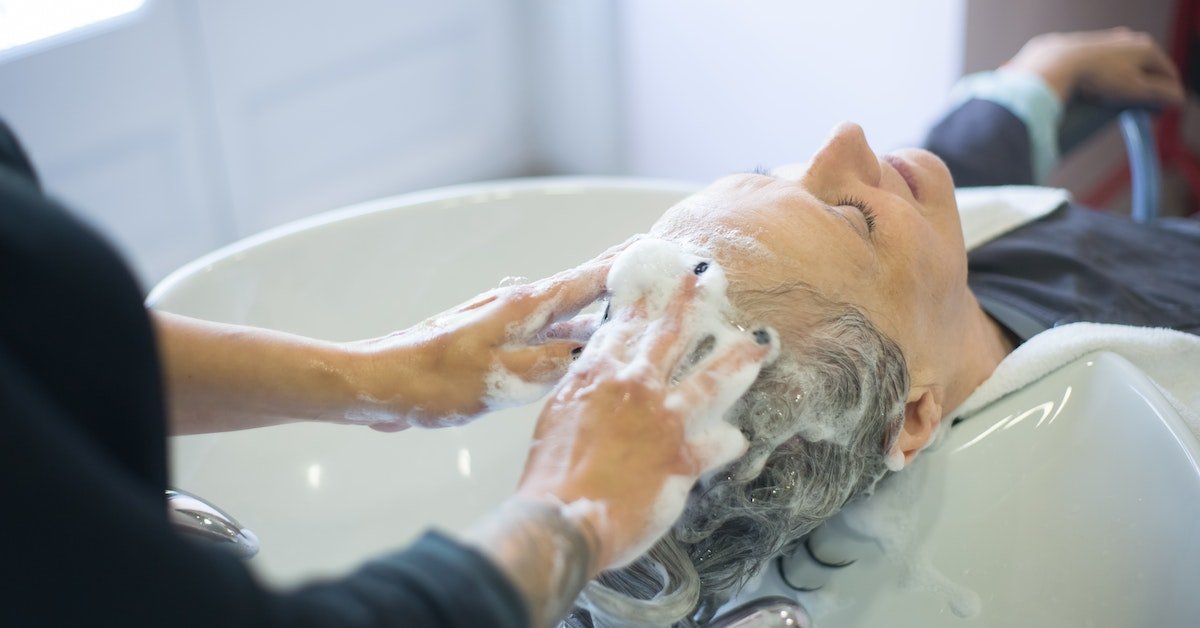
- Avoid Lying on Shared Pillows and Bedding: When traveling or in communal settings, avoid lying on pillows, bedding, or couches that may have been used by others. If necessary, bring your pillow or use a barrier like a clean towel or sheet.
- Regularly Launder and Dry-Clean: Wash or dry-clean clothing, bedding, and personal items regularly. Heat, especially in a dryer, can kill lice and nits. Make sure to dry items on high heat for at least 20-30 minutes.
- Store Personal Items Separately: At school or daycare, encourage children to store their personal items separately, such as in individual cubbies or bags. This reduces the chance of lice spreading through shared storage areas.
- Maintain Good Personal Hygiene: While lice can infest people with varying levels of personal hygiene, maintaining good hygiene practices can help reduce the risk. Regular hair washing and clean clothing can make it more challenging for lice to infest.
- Address Infestations Promptly: If a lice infestation is detected in your household or community, take immediate action to treat and contain it. Notify close contacts, such as family members or classmates, so they can check for and treat any infestations if necessary.
- Consider Lice Checks After High-Risk Activities: After participating in high-risk activities like sleepovers, camps, or sports events, consider checking for lice as a precaution.
- Long Hair Management: If you or your child has long hair, keeping it tied up in a bun or braid may reduce the risk of lice infestation.
Frequently Asked Questions
Q: How long do lice live?
A: Lice can live on the human scalp for up to 30 days. However, they cannot survive for more than 48 hours away from the scalp.
Q: Can pets get lice?
A: No, lice are specific to humans and cannot infest pets.
Q: Are lice dangerous?
A: While lice can be uncomfortable and irritating, they do not transmit diseases.
Q: Can lice jump or fly?
A: No, lice cannot jump or fly. They crawl from one hair strand to another.
Q: What are the symptoms of a lice infestation?
A: Common symptoms of lice infestation include itching, red bumps on the scalp or body, and the presence of tiny white or yellowish eggs (nits) on the hair shafts.
Q: How do I check for lice?
A: To check for lice, part the hair and look for moving lice or nits attached to the hair shafts close to the scalp. You may also use a fine-toothed comb to help detect and remove lice and nits.
Q: What is the best way to treat a lice infestation?
A: Treatment for lice typically involves using over-the-counter or prescription lice-killing shampoos or creams. It’s essential to follow the product instructions carefully and to remove nits with a fine comb.
Q: How do you get rid of lice in your home and personal items?
A: To eliminate lice in your home, wash and dry all infested bedding, clothing, and personal items in hot water and high heat. Vacuum your home thoroughly and consider using lice-killing sprays on items that cannot be washed.
Q: Can lice infestations be prevented?
A: Yes, practicing good hygiene, avoiding close contact with infested individuals, and regular head checks can help prevent lice infestations.
Q: Do lice prefer dirty hair?
A: Lice are equal opportunity infesters and do not prefer dirty hair. They can infest clean hair just as easily.
Q: Can lice infestations lead to other health problems?
A: Lice infestations can cause discomfort and itching, and excessive scratching may lead to skin infections. However, they are not known to transmit serious diseases.
Q: Are there natural remedies for treating lice?
A: Some people use natural remedies like olive oil or mayonnaise to suffocate lice, but these methods are not proven to be as effective as over-the-counter treatments. Always consult a healthcare professional for the best advice on lice treatment.
Takeaway
Dealing with lice infestations is common, and it’s crucial to remember that they can happen to anyone. It can have psychological impacts, particularly in children, so it’s crucial to address the stigma and offer support. Early detection is vital for effective management, as lice infestations are treatable with over-the-counter or prescription medications. Preventive measures, such as avoiding head-to-head contact and not sharing personal items, can help reduce the risk of infestations. Community and school involvement is essential for raising awareness and implementing preventive strategies.
References
- American Academy of Pediatrics. (2015). Head Lice. HealthyChildren.org. Link
- Centers for Disease Control and Prevention (CDC). (2021). Head Lice. Link
- Frankowski, B. L., & Weiner, L. B. (2015). Head lice. Pediatrics, 135(5), e1355-e1365. DOI: 10.1542/peds.2015-0746
- National Center for Biotechnology Information. Head lice infestations: A clinical update. https://www.ncbi.nlm.nih.gov/pmc/articles/PMC5814977/#:~:text=Head%20lice%20are%20wingless%2C%202,3%2C8%2C9).

